When one talks about electronic appliances, the potential electricity charges come to mind. If you are shopping for a portable cooling device, you must be asking — how much does it cost to run a portable AC? We did the math for you!

Best portable cooling devices
The final cost to run a portable air conditioner will depend on the type of the device, the size of the room, and how you use it. In addition, environmental factors highly influence the cost of running a portable air conditioner — humidity, dryness, daylight, etc.
Usually, the portable ac unit electricity cost will depend on the cooling capacity measured in BTU (British Thermal Units).
The relationship between these BTUs and the energy consumption, in the end, is defined by the EER of a cooling device — the seasonal energy efficiency ratio. Each device has its EER — the rule of thumb is that an EER of 12 or above is considered energy efficient.
Here are the standard numbers for the most popular cooling devices.
1. Portable air conditioner
The benefit of a portable air conditioner is that you can move it around the rooms in your house or apartment. But are best portable air conditioners expensive to run? It depends on how well it fits the needs of your room. So often, people tend to get the strongest model out there, and it ends up wasting energy and electricity.
Compact portable ACs start at 5000-7500 BTUs, while their larger brothers go up to 15000 BTUs.
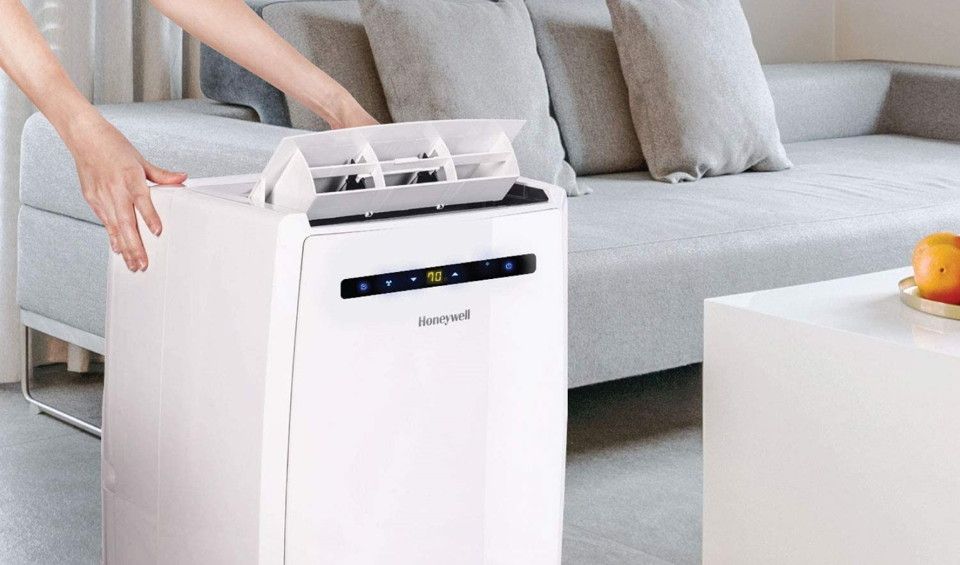
2. Window air conditioner
The window air conditioner is mounted in the window, and it exhausts the hot air to the outside. If it is correctly sized to fit a room, it is the ideal cooling device to cool one room in particular.
The common problem is that the efficiency/room size ratio is often off, which is why the room is either not cold enough, or there is energy wasted on cooling.
Window air conditioners have a cooling capacity from 5000 to 12500 BTUs.
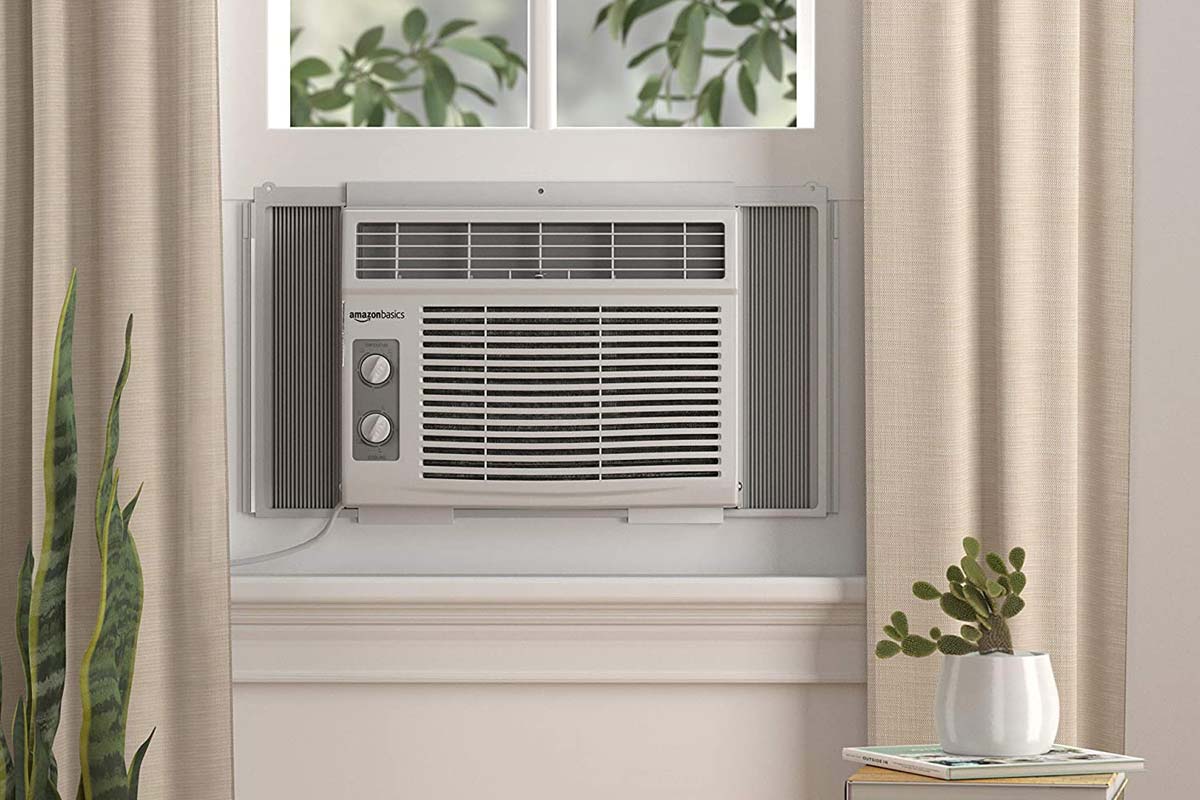
3. Mini-split air conditioner
A mini-split is a scalable way to add cooling to a specific room in your home. It consists of two main parts: an indoor air-handling unit and an outdoor compressor. Their power, cooling capacity, and, as a result, the BTUs broadly vary according to the model. Here are some numbers of area / BTU ratios for mini-splits.

How to calculate the cost of running a portable air conditioner?
There is a standard formula to calculate the energy consumption of a cooling device. You will need the Watts, BTU/h, and the electricity cost per kWh.
1 BTU equals 0.293Watt in measurement, which is another number we will need to calculate the portable ac cost to run.
That means, for example, that 24,000 BTU is equal to 24,000 BTU * 0.293 watts/BTU = 81911 watts.
To calculate the typical cost to run a cooling device under normal conditions, use the following formula:
((Operating hours x BTUs per hour) x 0,293 ) / 1000 = kWh consumed by your cooling device
Now, we will need to multiply the kWh we got by the electricity tariff of your locality, and we will get the electricity consumed by your air cooler and its impact on your electricity bill.

How much does it cost to run an air conditioner with this formula?
We did the math for you so that you don’t have to do the calculations.
The average price for electricity in the US is 0,107$ for kWh, which we will be using to define the final price.
The following table shows how much it costs to run an air cooler with a certain BTU for one hour.
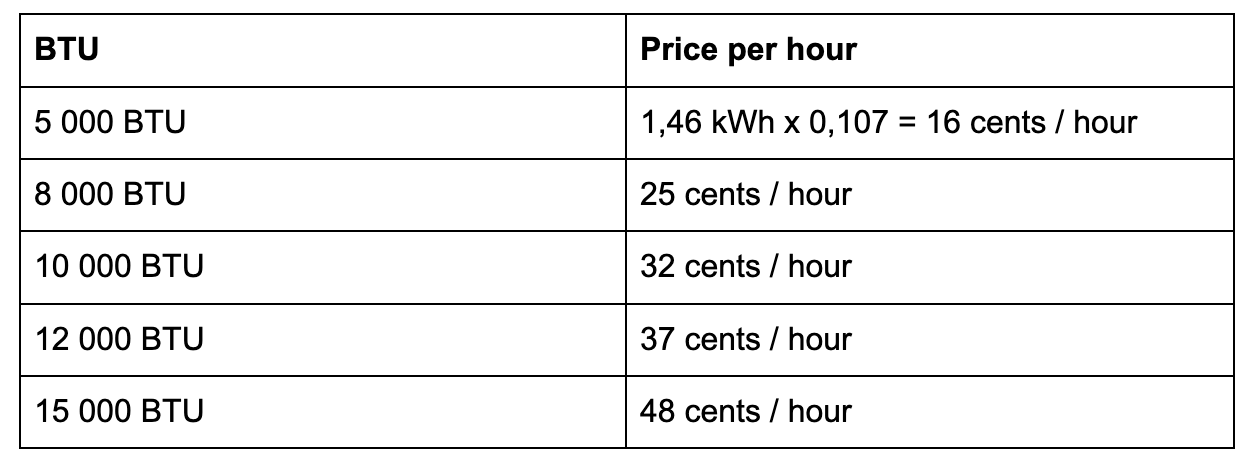
When added up to many hours a year, these costs of portable air conditioning power consumption can indeed up your electricity bill, which is why we came up with a few life hacks on how to lover energy bills with portable ac.
4 Ways to Lower Electricity Bills When Using a Portable AC
1. Opt for personal cooling
The beauty of personal cooling devices is that they cool down your personal area without freezing the whole room. In addition, it turns out to be way more efficient in terms of electricity consumption because you get the desired cooling effect right away.
For example, a portable air cooler by Evapolar consumes around 7-12W, which is almost nothing compared to the usual portable air conditioning power consumption.
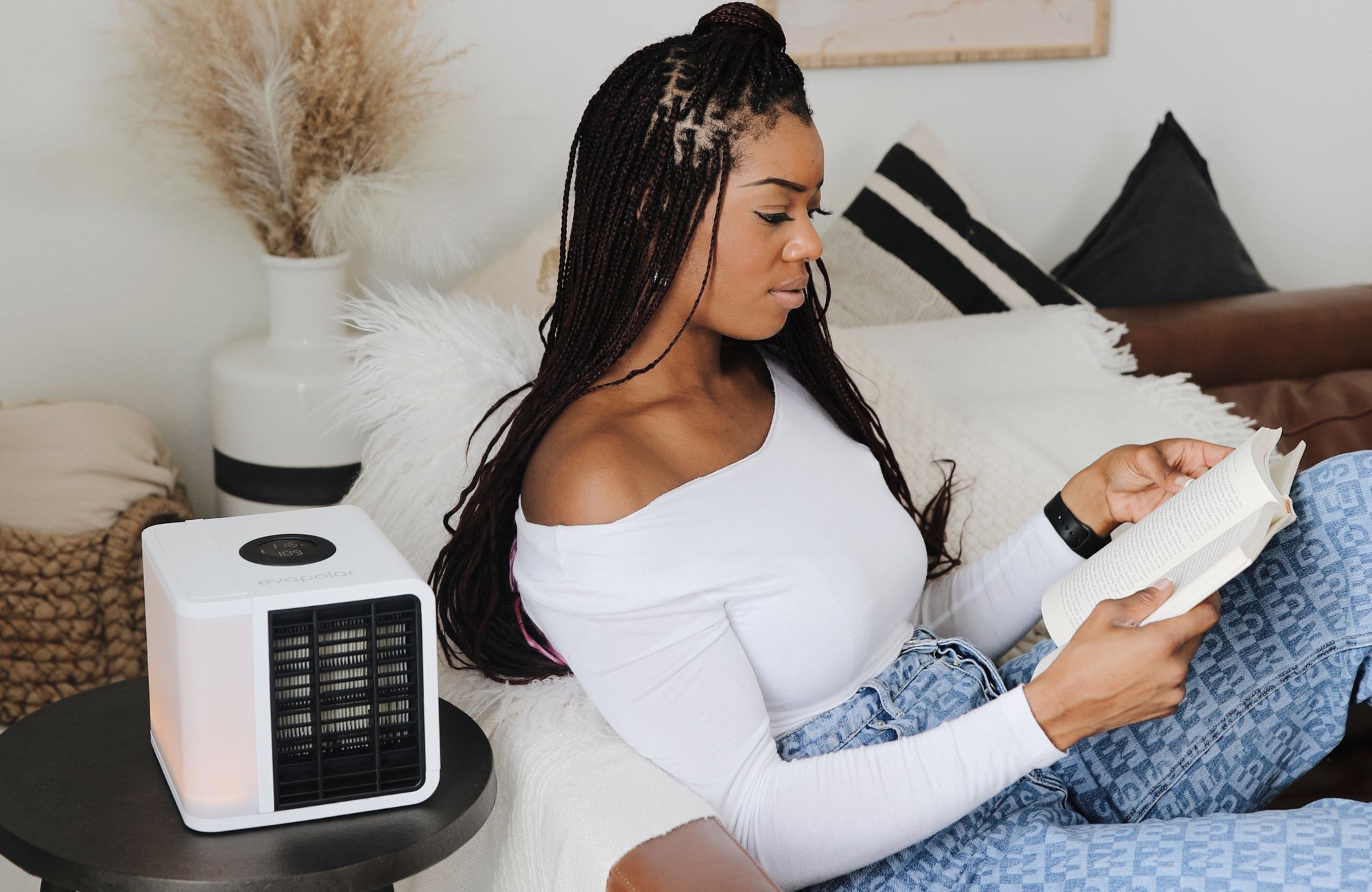
2. Properly size the cooling device for the room
Another hole for energy waste is the wrong sizing of the cooling device. It works both ways.
If the portable air conditioner is too powerful for a small room, you will end up using electricity where you shouldn’t. The portable air conditioner electricity cost also goes up when the device is too small for the room because it will take more time and energy to reach the desired result. Read also: 12 Best Tips for Cooling a Small Room without AC
3. Go for a modern device
Long gone are the days when huge bulky and expensive air conditioners made a lot of noise and consumed tons of electricity. Today you can easily find a quiet, modern, portable device that will do a better job than its older brother for less energy.
4. Maintain the device properly
Poor device maintenance can result in overheating and wasting energy. However, if you clean your portable ac regularly and store it properly, it will serve you for many years to come. This is also why we recommend using personal, small air coolers because they are almost effortless to maintain, clean, and store.
The best energy-saving option in personal cooling
Experts in personal cooling since 2015, the engineers in Evapolar have perfected a device with zero energy waste: the air coolers direct their airflow at you without freezing the whole room. So, you will no longer wonder how much electricity a portable air conditioner uses when you go with Evapolar. Let us show you why.
evaSMART, the most powerful device in the Evapolar family, consumes up to 12.5W. You may start thinking that this low consumption influences the cooling capacity. Indeed, personal coolers are designed to take care of the cool temperature in your personal space, not the whole room, and this is the entire point.
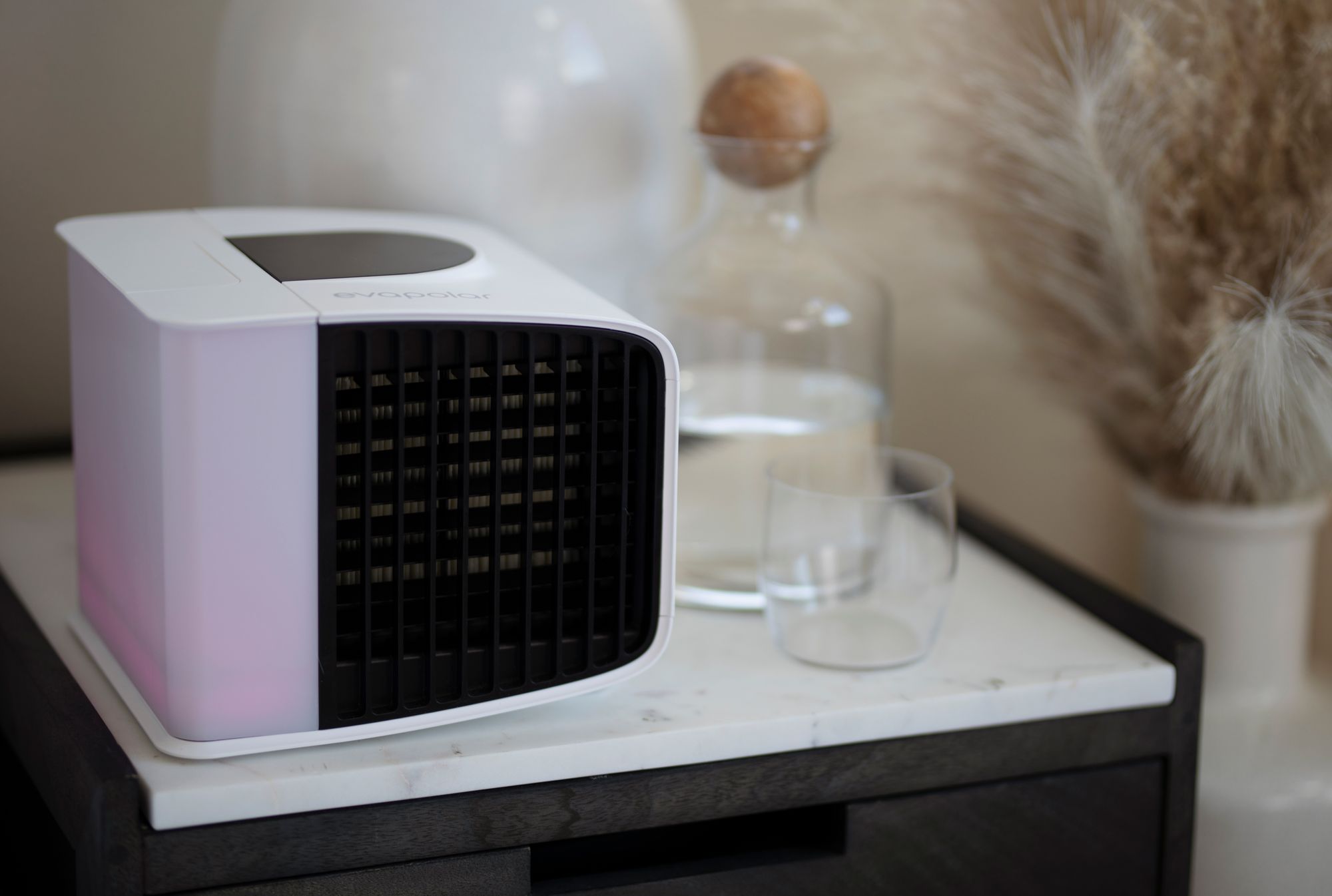
By cooling efficiently, the watts are being used on cooling your immediate surrounding, while larger devices focus on the whole room.
The difference in how much a portable air conditioner costs to run and the Evapolar device is the following. The above data shows that an average air conditioner costs 20 to 30 cents per hour for a 2,344 kWh or an 8000 BTU air conditioner. To calculate the price per month, you will need to multiply it by the hours and the days of use.
An evaSMART uses 12,5Wh, which is 0.0125kWh, and there is not a single air conditioner on the planet with this little energy consumption. At the price of 16 cents/kWh, even if you run your Evapolar 10 hours per day, you end up at:
10 hours per day x 30 days = 300 hours / month
At 0.125kWh x 300 hours = an evaSMART will consume 37,5kW per month at this rate.
At 16cents/kWh, your bill will go up by 6 dollars per month if you run your Evapolar during almost all the waking hours.
At the same time, if you run an average air conditioner for 10 hours per day with the same price per kWh, it will add a whopping 75 USD to the bill.
In the matters of efficient personal cooling, evaporative air coolers by Evapolar are unbeatable. They also allow other people to enjoy the temperature of their choice while you sit in the fresh cool air. Moreover, you can plug your Evapolar into a portable battery and use it anywhere, which is the freedom you’d never get with a portable AC.
FAQ:
1. What is the most energy-efficient way for personal cooling?
If you are looking to save both time and money, we recommend choosing among portable air coolers. The personal models will cool down the area around you, using very little energy and directing their cooling capacity right at you. Evapolar air coolers use up to 12,5W, making them one of the most energy-efficient options on the market.
2. How much does a portable ac cost to run in hot areas?
Naturally, you will be using your portable ac where it is warm. The energy consumption depends on how you use it, the humidity levels, the duration of use, and the initial temperature. It will all result in how long it takes for the device to get to the desired temperature. Personal air coolers, on the other hand, direct their cool air at you
3. How much does it cost to run AC? If I run an air cooler together with a dehumidifier, isn’t it better to simply get an air conditioner in terms of electricity cost?
Even run together simultaneously, a portable air cooler and a dehumidifier end up using less electricity than an air conditioner. You can see in the calculations in the article that the evaporative air cooler is exceptionally cheap to run, and there is no equivalent on the market in terms of price.
4. How much electricity does a portable AC use vs. a window AC?
The final number will depend on the BTUs of the AC and how long you use it. Usually, the most basic models for both portable and window ACs start at 5000 BTUs, which brings them to the same level in terms of electricity.
5. How do I use my cooling device smartly, without wasting energy?
We recommend regular and proper maintenance, adequate sizing, seasonal use, and going for personal devices to avoid wasting electricity on the whole room.



